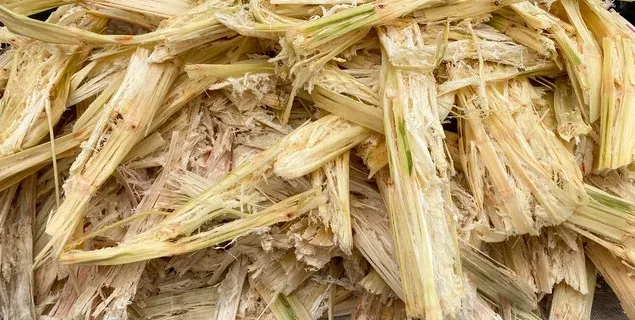From Sugarcane Bagasse to Finished Trays: Raw Material Versatility in Egg Box Making Machine
The demand for sustainable packaging solutions has intensified the exploration of alternative raw materials in pulp molding industries. The egg box making machine, traditionally reliant on waste paper, now increasingly utilizes agricultural residues such as sugarcane bagasse. This shift not only broadens material versatility but also reinforces the ecological value of molded packaging products.
The Rise of Sugarcane Bagasse in Pulp Molding
Sugarcane bagasse, the fibrous residue left after juice extraction, presents an abundant and renewable resource. Rich in cellulose, hemicellulose, and lignin, bagasse exhibits properties highly suitable for pulp molding applications. When processed correctly, it produces a pulp that rivals or even surpasses traditional waste paper in forming strong, lightweight, and biodegradable packaging.
The egg box making machine capitalizes on the fine fiber structure of bagasse, which facilitates superior moldability. The resulting trays display enhanced durability and a refined surface finish, attributes highly valued in modern packaging markets.

Raw Material Preparation and Pulp Formation
The integration of sugarcane bagasse into pulp molding plant operations requires a tailored preprocessing stage. Initially, the raw bagasse undergoes shredding to achieve uniform fiber dimensions. It is then subjected to chemical or mechanical pulping, depending on the desired final properties.
During pulping, impurities such as lignin and silica are carefully managed to prevent defects in the finished trays. The processed pulp attains an optimal fiber consistency before entering the forming system, where it is shaped into the distinctive contours of egg boxes.
The flexibility of the egg box making machine allows operators to adjust parameters such as pulp concentration, vacuum pressure, and mold dwell time to accommodate varying characteristics of bagasse pulp.
Advantages of Bagasse-Based Trays
Trays produced from sugarcane bagasse offer multiple performance and environmental advantages. They possess excellent shock absorption and insulation properties, making them ideal for protecting fragile goods like eggs during transportation.
In addition to physical robustness, bagasse trays are compostable and biodegradable within a few months under natural conditions. This attribute addresses critical environmental concerns associated with synthetic packaging alternatives.
Moreover, the lighter weight of bagasse trays compared to traditional fiber products can contribute to lower shipping costs and a reduced carbon footprint.
Versatility Across Material Sources
While sugarcane bagasse is gaining prominence, the egg box making machine demonstrates remarkable adaptability to a wide spectrum of fibrous materials. Recycled office paper, cardboard waste, wheat straw, and bamboo pulp are also compatible, offering manufacturers tremendous flexibility based on regional resource availability and economic considerations.
This raw material versatility ensures production continuity even amidst fluctuating market conditions. It empowers manufacturers to strategically source materials, optimizing costs while adhering to sustainability goals.
Conclusion
The adoption of sugarcane bagasse and other alternative fibers underscores the transformative potential of raw material versatility in egg box making machine operations. By seamlessly integrating non-wood fibers into production lines, manufacturers enhance the functional and environmental attributes of molded trays. This evolution not only meets the growing demand for sustainable packaging but also exemplifies technological innovation in the pulp molding sector.